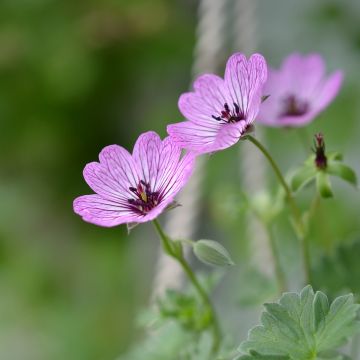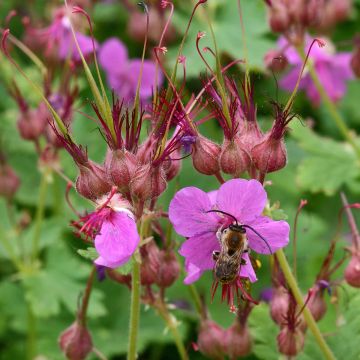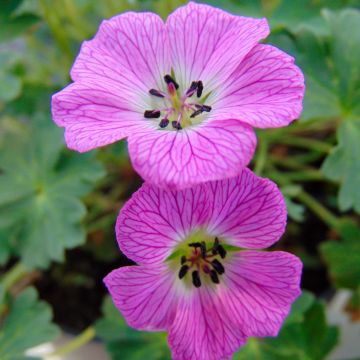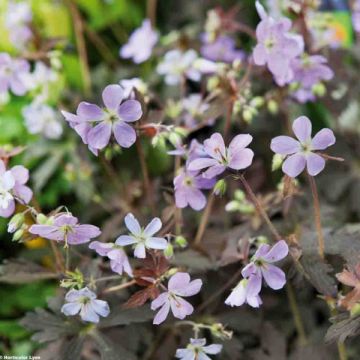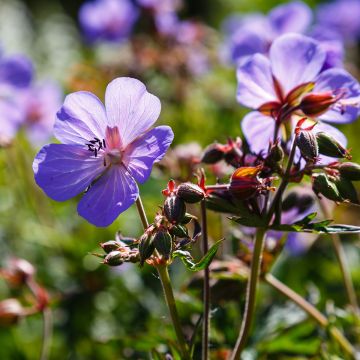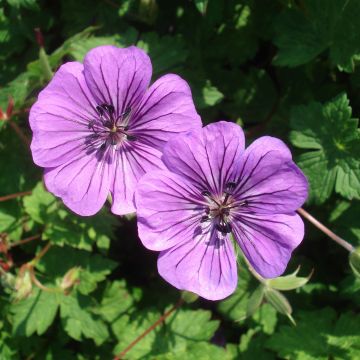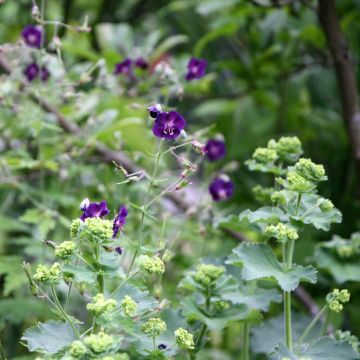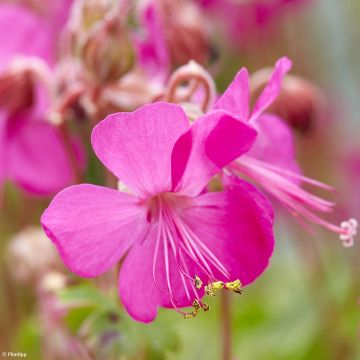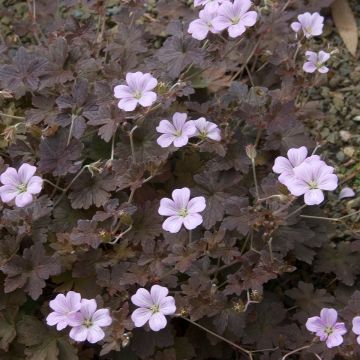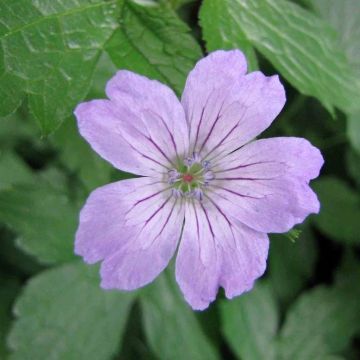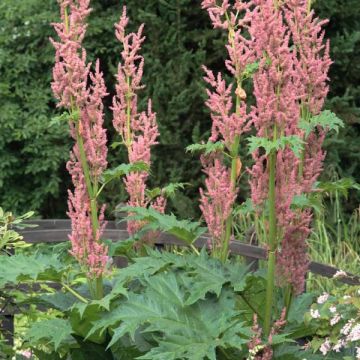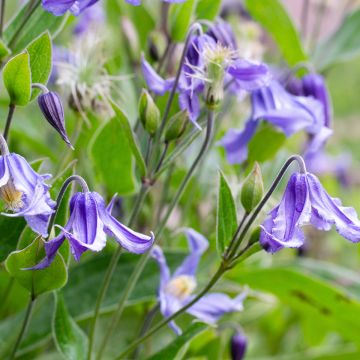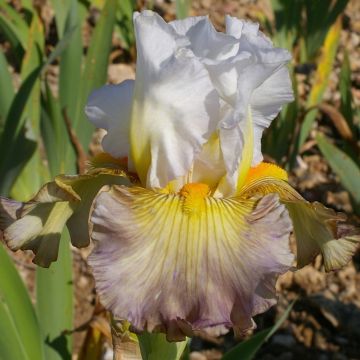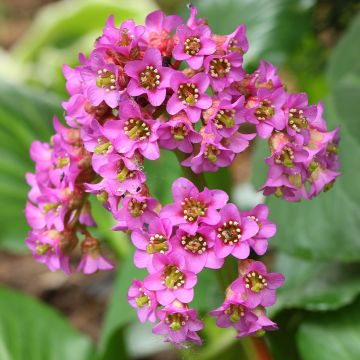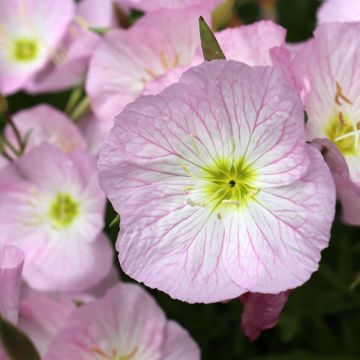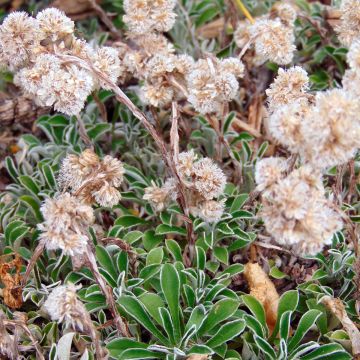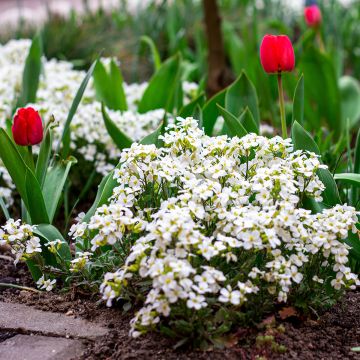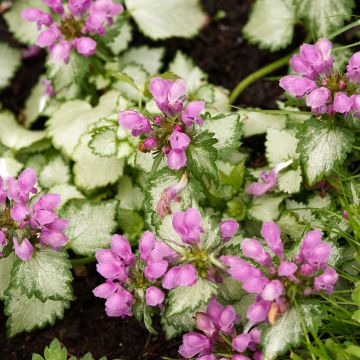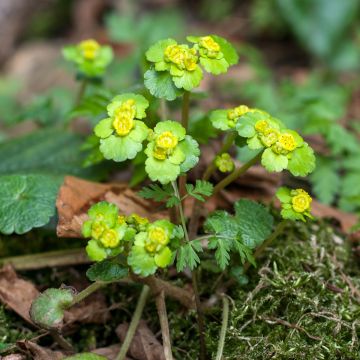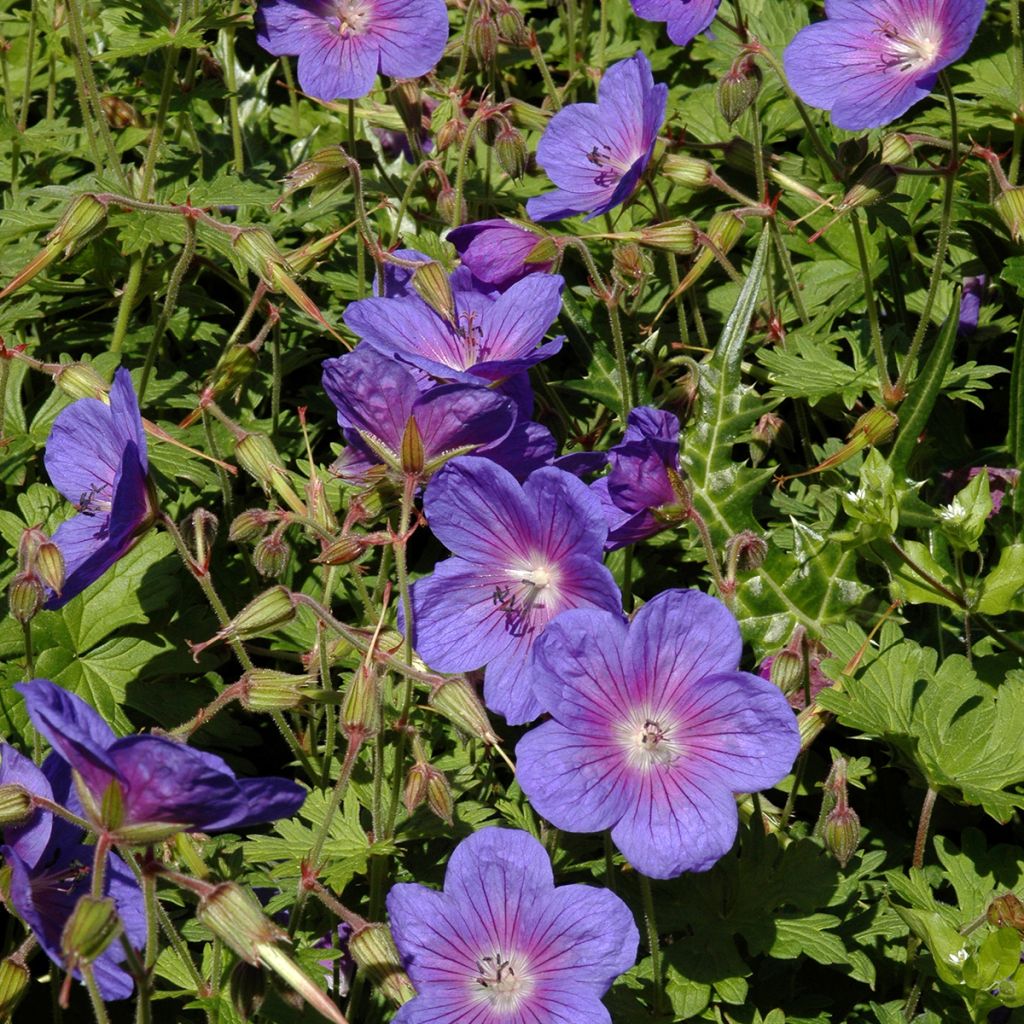

Geranium himalayense Gravetye
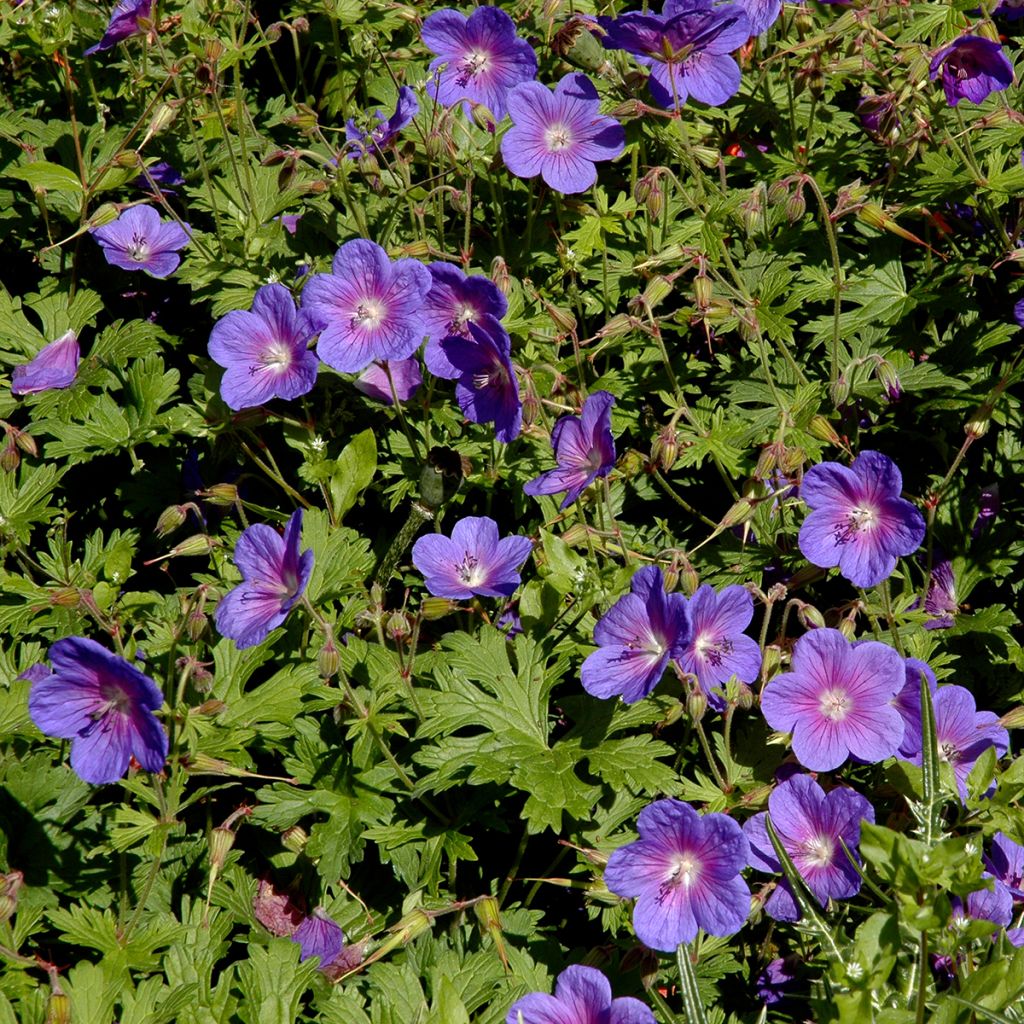

Geranium himalayense Gravetye
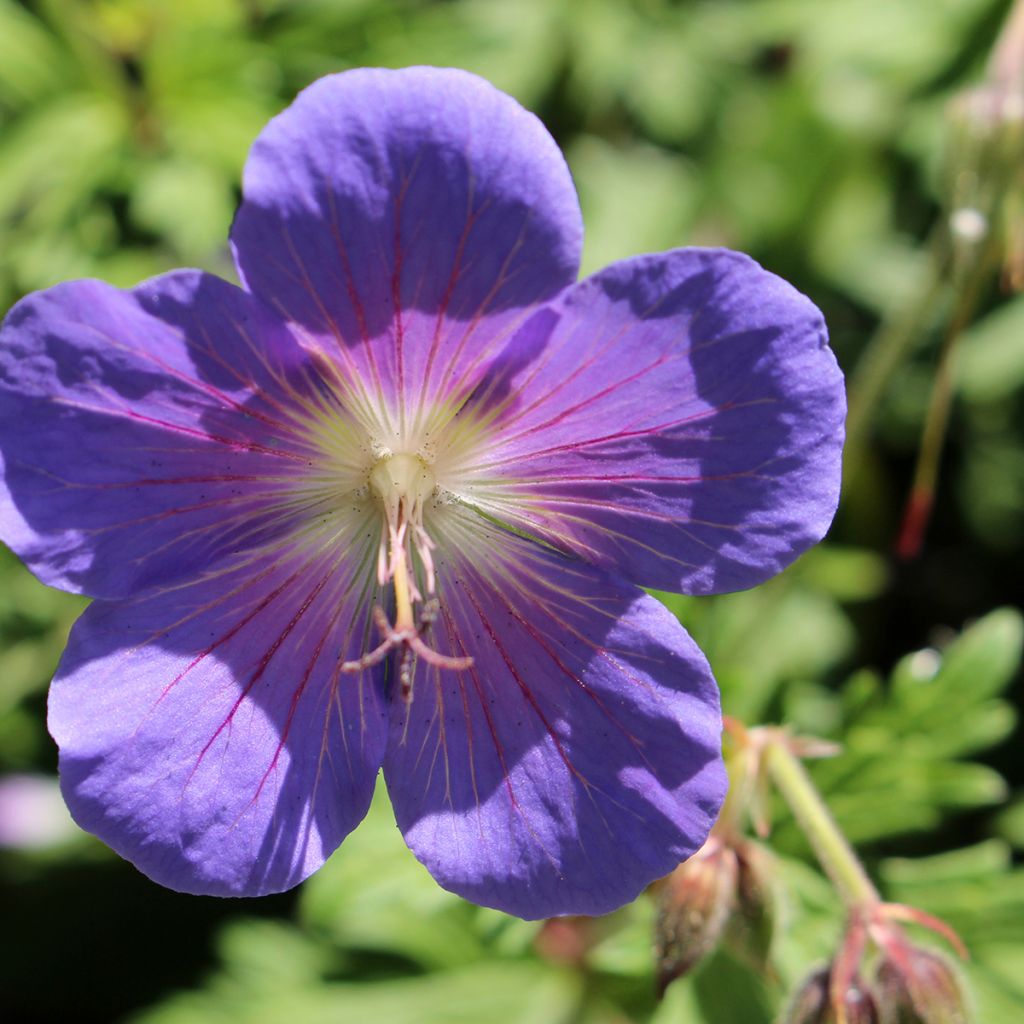

Geranium himalayense Gravetye
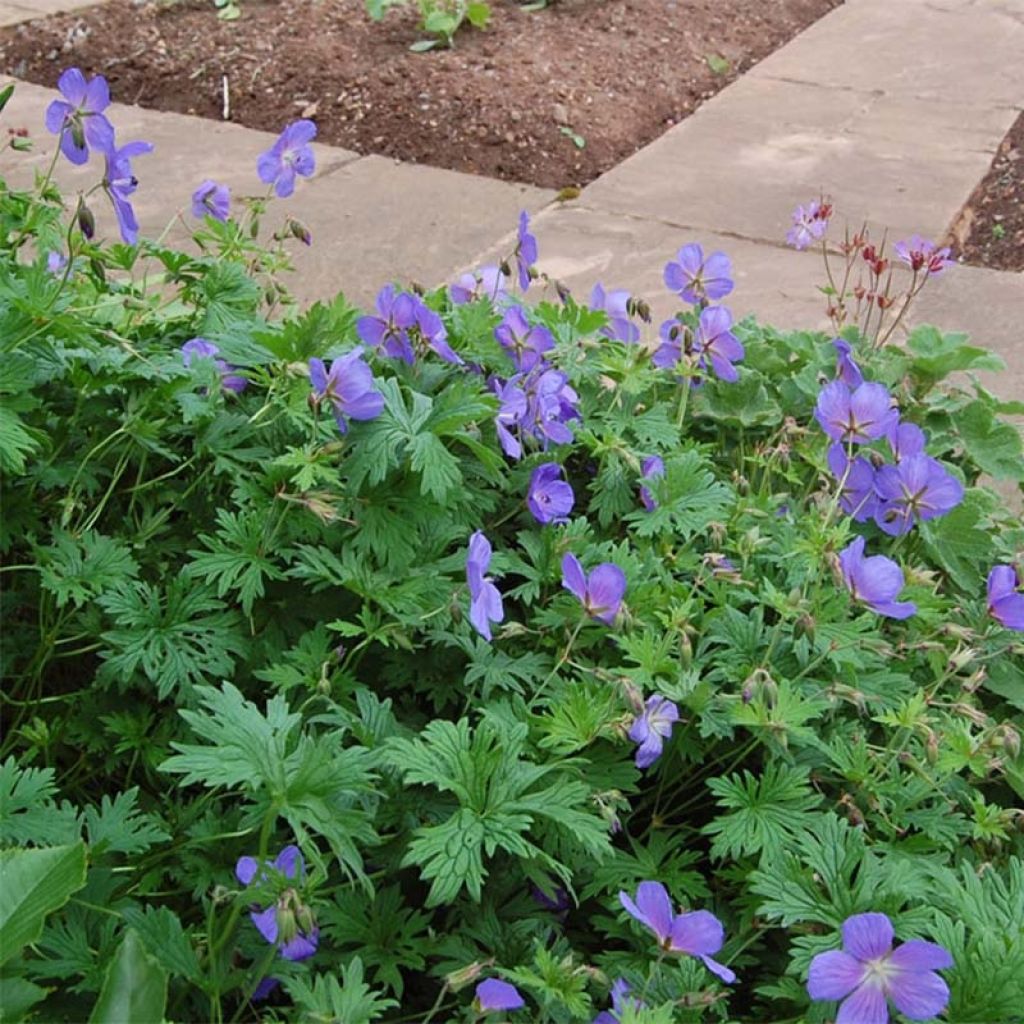

Geranium himalayense Gravetye
Geranium himalayense Gravetye
Geranium himalayense Gravetye
Himalayan Cranesbill, Hardy Geranium
This item cannot be shipped to the selected country
Delivery charge from €5.90
Delivery charge from €5.90
Delivery charge from €5.90
More information
Schedule delivery date,
and select date in basket
This plant carries a 12 months recovery warranty
More information
We guarantee the quality of our plants for a full growing cycle, and will replace at our expense any plant that fails to recover under normal climatic and planting conditions.
From €5.90 for pickup delivery and €6.90 for home delivery
Express home delivery from €8.90.
From €5.90 for pickup delivery and €6.90 for home delivery
Express home delivery from €8.90.
From €5.90 for pickup delivery and €6.90 for home delivery
Express home delivery from €8.90.
Does this plant fit my garden?
Set up your Plantfit profile →
Description
The deciduous perennial Geranium 'Gravetye' is a very colourful variety of Himalayan geranium that produces large flowers of intense violet-blue colour, veined with red and highlighted by a nearly white heart. This vigorous plant forms beautiful dense and spreading cushions, with finely cut foliage that changes colour in autumn. It makes excellent ground cover and is a charming plant that spreads slowly without becoming invasive.
Geranium himalayense belongs to the Geraniaceae family. Native to the Himalayan mountains, it is a very hardy species that is not demanding in terms of soil as long as it is well-draining. The cultivar 'Gravetye' was reportedly collected in Turkestan before 1946. It is also known as Geranium grandiflorum var. alpinum and Geranium grandiflorum 'Gravetye var.' The plant forms a broad and dense cushion, with a regular dome shape, reaching a height of 30-40 cm (12-16in) and a minimum diameter of 40-50 cm (16-20in). Flowering begins in late May, peaks in June, and continues into July, before slowing down in August. From September to October, the flowers sporadically appear, depending on the climate and if the plant is pruned in August. The flowers, arranged in clusters, are round, open cups, and measure 5-6 cm (2in) in diameter. They have a beautiful violet-blue colour with red veins and a small white heart from which the pink-purple pistil emerges. The overall effect is very bright. The foliage, which is deciduous in winter, develops in spring. It consists of large, hairy leaves with prominent veins, medium green in colour, measuring 5 to 20 cm (2 to 8in) long including the petiole. It may turn more or less red in October-November. The plant has a rather specific root system, with a central and single taproot (primary root) and a few large fibrous secondary roots.
Like many of its relatives, Himalayan geranium 'Gravetye' is well-suited for low-maintenance natural gardens, and its flowering provides a food source for many insects such as butterflies, bees, and bumblebees. It is therefore an ideal plant for cottage gardens, rockeries, and borders. It pairs well with old roses and peonies. Combine it with a silvery carpet of snow-in-summer (Cerastium tomentosum) and creeping bugle with purple foliage, these simple plants will enhance its flowering dome. It also grows well in large pots, with regular watering and fertilisation.
Report an error about the product description
Geranium himalayense Gravetye in pictures


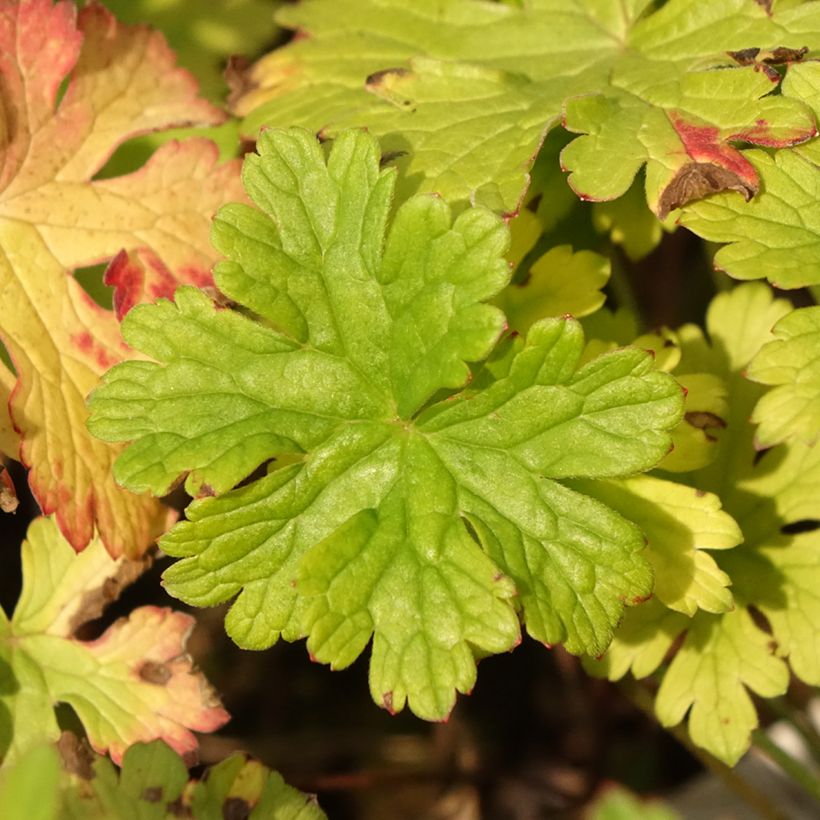

Flowering
Foliage
Plant habit
Botanical data
Geranium
himalayense
Gravetye
Geraniaceae
Himalayan Cranesbill, Hardy Geranium
Cultivar or hybrid
Other Hardy Geranium - Cranesbill
Planting and care
This Gravetye perennial geranium appreciates full but never scorching sun, partial shade, or light shade that is not too dense (it grows in shade but flowers less). Plant it in ordinary, moist, humus-rich soil, not too acidic, well-drained. In clay ground it is preferable to lighten the soil with coarse sand or leaf compost. It particularly fears waterlogged soil during its youth, especially during winter. This species tolerates occasional drought periods, which will stop it flowering. Plant it in early spring or autumn. Water regularly to help the plants establish. You can deadhead the faded flowers to encourage reblooming. You can also divide clumps every three years, also in spring. This easy-going plant requires little maintenance.
Planting period
Intended location
Care
This item has not been reviewed yet - be the first to leave a review about it.
Spring flowering perennials
Haven't found what you were looking for?
Hardiness is the lowest winter temperature a plant can endure without suffering serious damage or even dying. However, hardiness is affected by location (a sheltered area, such as a patio), protection (winter cover) and soil type (hardiness is improved by well-drained soil).

Photo Sharing Terms & Conditions
In order to encourage gardeners to interact and share their experiences, Promesse de fleurs offers various media enabling content to be uploaded onto its Site - in particular via the ‘Photo sharing’ module.
The User agrees to refrain from:
- Posting any content that is illegal, prejudicial, insulting, racist, inciteful to hatred, revisionist, contrary to public decency, that infringes on privacy or on the privacy rights of third parties, in particular the publicity rights of persons and goods, intellectual property rights, or the right to privacy.
- Submitting content on behalf of a third party;
- Impersonate the identity of a third party and/or publish any personal information about a third party;
In general, the User undertakes to refrain from any unethical behaviour.
All Content (in particular text, comments, files, images, photos, videos, creative works, etc.), which may be subject to property or intellectual property rights, image or other private rights, shall remain the property of the User, subject to the limited rights granted by the terms of the licence granted by Promesse de fleurs as stated below. Users are at liberty to publish or not to publish such Content on the Site, notably via the ‘Photo Sharing’ facility, and accept that this Content shall be made public and freely accessible, notably on the Internet.
Users further acknowledge, undertake to have ,and guarantee that they hold all necessary rights and permissions to publish such material on the Site, in particular with regard to the legislation in force pertaining to any privacy, property, intellectual property, image, or contractual rights, or rights of any other nature. By publishing such Content on the Site, Users acknowledge accepting full liability as publishers of the Content within the meaning of the law, and grant Promesse de fleurs, free of charge, an inclusive, worldwide licence for the said Content for the entire duration of its publication, including all reproduction, representation, up/downloading, displaying, performing, transmission, and storage rights.
Users also grant permission for their name to be linked to the Content and accept that this link may not always be made available.
By engaging in posting material, Users consent to their Content becoming automatically accessible on the Internet, in particular on other sites and/or blogs and/or web pages of the Promesse de fleurs site, including in particular social pages and the Promesse de fleurs catalogue.
Users may secure the removal of entrusted content free of charge by issuing a simple request via our contact form.
The flowering period indicated on our website applies to countries and regions located in USDA zone 8 (France, the United Kingdom, Ireland, the Netherlands, etc.)
It will vary according to where you live:
- In zones 9 to 10 (Italy, Spain, Greece, etc.), flowering will occur about 2 to 4 weeks earlier.
- In zones 6 to 7 (Germany, Poland, Slovenia, and lower mountainous regions), flowering will be delayed by 2 to 3 weeks.
- In zone 5 (Central Europe, Scandinavia), blooming will be delayed by 3 to 5 weeks.
In temperate climates, pruning of spring-flowering shrubs (forsythia, spireas, etc.) should be done just after flowering.
Pruning of summer-flowering shrubs (Indian Lilac, Perovskia, etc.) can be done in winter or spring.
In cold regions as well as with frost-sensitive plants, avoid pruning too early when severe frosts may still occur.
The planting period indicated on our website applies to countries and regions located in USDA zone 8 (France, United Kingdom, Ireland, Netherlands).
It will vary according to where you live:
- In Mediterranean zones (Marseille, Madrid, Milan, etc.), autumn and winter are the best planting periods.
- In continental zones (Strasbourg, Munich, Vienna, etc.), delay planting by 2 to 3 weeks in spring and bring it forward by 2 to 4 weeks in autumn.
- In mountainous regions (the Alps, Pyrenees, Carpathians, etc.), it is best to plant in late spring (May-June) or late summer (August-September).
The harvesting period indicated on our website applies to countries and regions in USDA zone 8 (France, England, Ireland, the Netherlands).
In colder areas (Scandinavia, Poland, Austria...) fruit and vegetable harvests are likely to be delayed by 3-4 weeks.
In warmer areas (Italy, Spain, Greece, etc.), harvesting will probably take place earlier, depending on weather conditions.
The sowing periods indicated on our website apply to countries and regions within USDA Zone 8 (France, UK, Ireland, Netherlands).
In colder areas (Scandinavia, Poland, Austria...), delay any outdoor sowing by 3-4 weeks, or sow under glass.
In warmer climes (Italy, Spain, Greece, etc.), bring outdoor sowing forward by a few weeks.

































